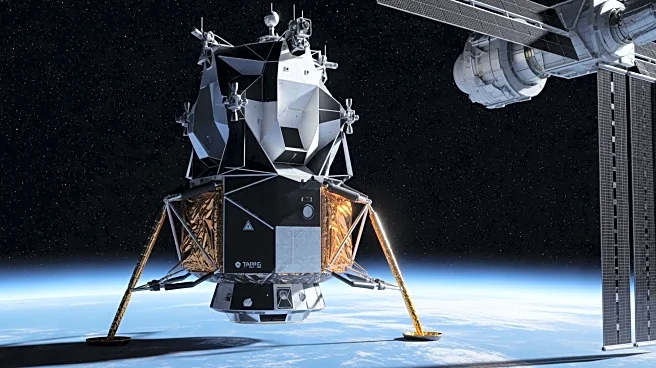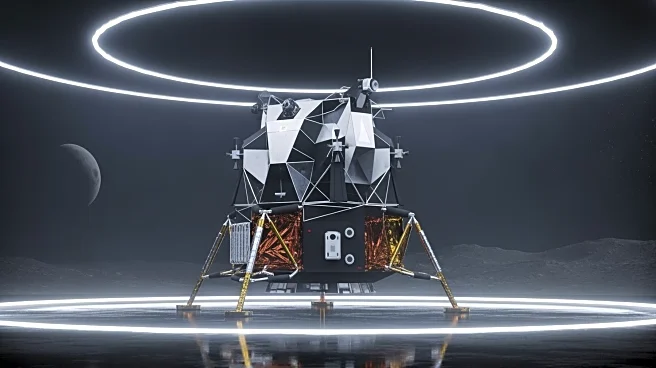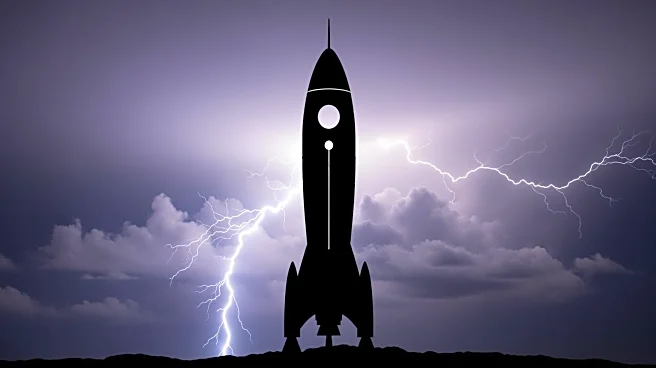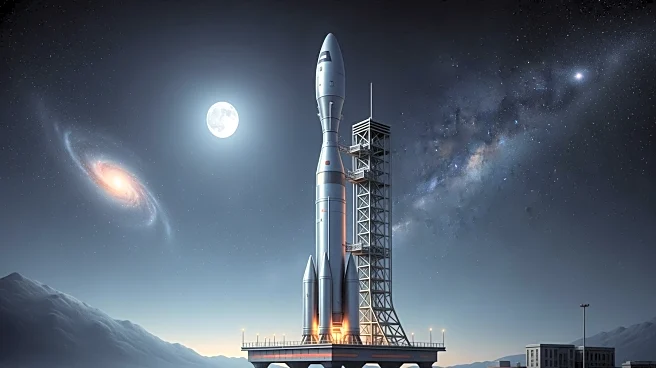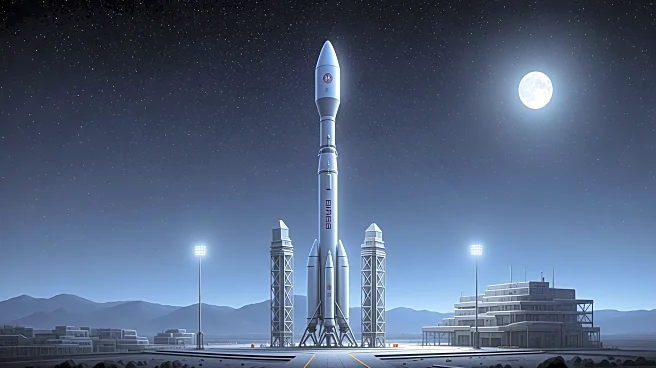What's Happening?
Thales Alenia Space has completed the integration of the European Service Module-4 (ESM-4) for NASA's Orion spacecraft at Airbus' facilities in Bremen, Germany. This module is set to be shipped to the Kennedy
Space Center in Florida for assembly and testing with Orion's Crew Module, marking a significant milestone in NASA's Artemis program. Thales Alenia Space contributes critical subsystems for the modules, including the structure, thermal control system, and life support capabilities. The ESM-4 will play a pivotal role in Artemis IV, guiding the Lunar I-HAB module to the Lunar Gateway, which will serve as a foundation for future lunar missions and deep-space exploration.
Why It's Important?
The integration of ESM-4 is crucial for the success of NASA's Artemis program, which aims to return astronauts to the Moon and lay the groundwork for future exploration beyond. Thales Alenia Space's contributions ensure mission safety and sustainability, allowing astronauts to live and work in secure conditions. This development represents a technological triumph and a shared ambition to make human exploration beyond Earth a reality. The successful integration and testing of these modules are essential for establishing a stable human presence in space and developing infrastructure for future lunar missions.
What's Next?
The ESM-2 is scheduled to launch next year as part of the Orion spacecraft for the Artemis II mission, marking the first crewed deep-space journey since Apollo. Thales Alenia Space continues to work on the Lunar I-HAB module and other components for the Lunar Gateway, with plans to extend human presence to the lunar surface. The company is also developing the Argonaut lunar lander and the Multi-Purpose Habitation module, aiming to establish a sustainable human presence on the Moon by 2030.
Beyond the Headlines
Thales Alenia Space's efforts in lunar exploration highlight the importance of international collaboration and technological innovation in space exploration. The company's commitment to building infrastructures that sustain human life beyond Earth reflects a vision for the next great chapter of discovery. The development of sustainable technologies for lunar missions also emphasizes the need for advanced local production and recycling systems to ensure the supply of vital resources.
